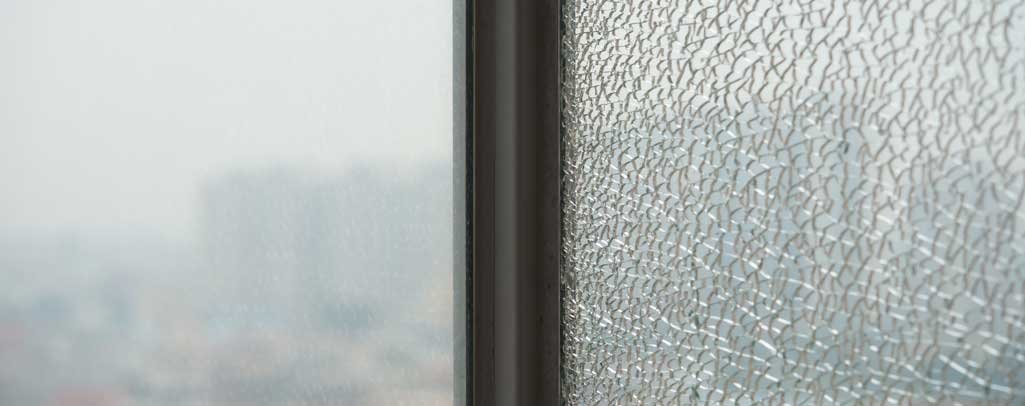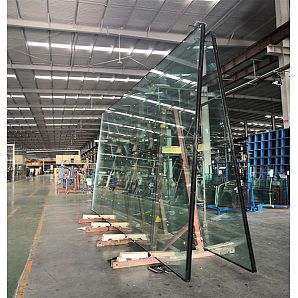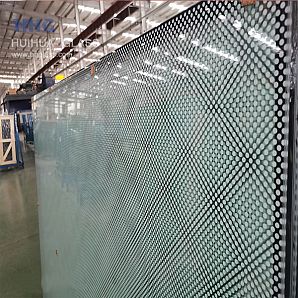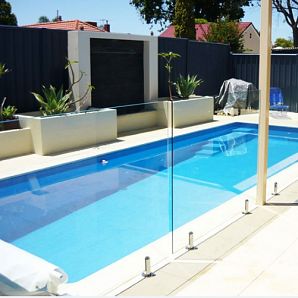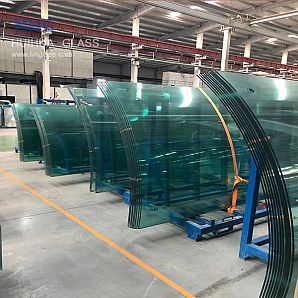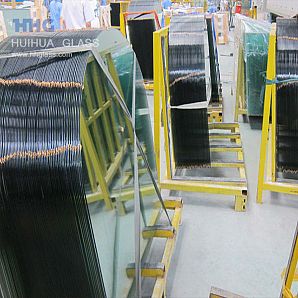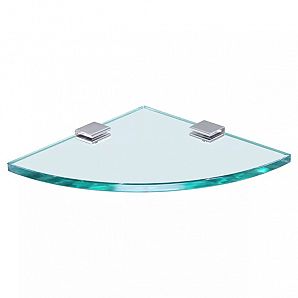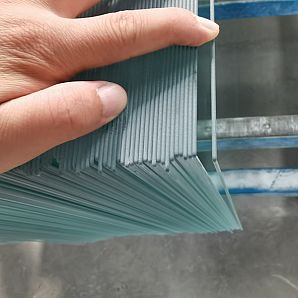The production principle and process of glass:
principle:
The main components of ordinary float glass are calcium silicate and sodium silicate, and the main reactions are as follows:
Na2CO3SiO2 = (high temperature) Na2SiO3CO2
CaCO3SiO2=(high temperature)CaSiO3CO2
Process:
It mainly includes: ①Pre-processing of raw materials. Crushing bulk raw materials (quartz sand, soda ash, limestone, feldspar, etc.), drying the wet raw materials, and removing iron from the iron-containing raw materials to ensure the quality of the glass. ②Batch preparation. ③Melting. The glass batch material is heated at a high temperature (1550~1600 degrees) in a tank or crucible kiln to form a uniform, bubble-free liquid glass that meets the molding requirements. ④Molding. The liquid glass is processed into the required Shaped products, such as flat plates, various utensils, etc. ⑤ Heat treatment. Through annealing, quenching and other processes, the internal stress, phase separation or crystallization of the glass is cleaned or generated, and the structural state of the glass is changed.
The manufacturing process of tempered glass:
Tempered glass is made by heating the glass to close to the softening temperature (at this time in a viscous flow state)-this temperature range is called the tempering temperature range (620°C-640°C), which is heated for a certain period of time and then quenched. Briefly describe the temperature change and stress formation process of tempered glass during heating and quenching.
1. Start the heating phase:
The glass sheet is heated in the tempering furnace from room temperature. Since the glass is a poor conductor of heat, the temperature of the inner layer is low at this time, the temperature of the outer layer is high, the outer layer begins to expand, and the inner layer is not expanded, so the expansion of the outer layer is affected by the inner layer. The soothing surface produces temporary compressive stress, and the central layer is tensile stress.Due to the high compression resistance of the glass, the glass sheet does not break even though it is heated quickly.
Note: It can be understood from here that when the glass enters the furnace, the temperature difference between the inner and outer layers of the glass is caused by the stress of the inner and outer layers of the glass. Therefore, the thick glass should be heated slowly and the temperature is lower, otherwise the glass will be in the furnace due to the temperature difference between the inside and the outside.
2. Continue the heating phase:
The glass continues to be heated, and the temperature difference between the inner and outer layers of the glass decreases when the inner and outer layers reach the tempering temperature.
3. Begin the quenching phase (1.5-2 seconds before starting to blow)
The glass sheet enters the air grille from the tempering furnace and blows. The temperature of the surface layer drops below the center temperature, and the surface begins to shrink, but the center layer does not shrink. Therefore, the shrinkage of the surface layer is relieved by the center layer, so that the surface layer is subject to temporary tensile stress. Compressive stress is formed.
4. Continue the quenching phase:
The inner and outer layers of the glass are further quenched. The surface layer of the glass has hardened (the temperature has dropped below 500°C) and stops shrinking. At this time, the inner layer also begins to cool and shrink, and the hardened surface layer inhibits the shrinkage of the inner layer. Compressive stress is generated in the surface layer, and tensile stress is formed in the inner layer.
5. Continue to quench (within 12 seconds)
The temperature of the inner and outer layers of the glass is further reduced. At this time, the inner layer of glass drops to about 500°C, and the shrinkage accelerates. At this stage, the compressive stress of the outer layer and the tensile stress of the inner layer have basically formed, but the central layer is still relatively soft and not yet complete. It is out of the viscous flow state, so it is not a complete stress state.
6. Tempering completed (within 20 seconds)
At this stage, the inner and outer layers of glass are fully tempered, the temperature difference between the inner and outer layers is reduced, and the stress of the tempered glass is formed, that is, the outer surface is compressive stress, and the inner layer is tensile stress.